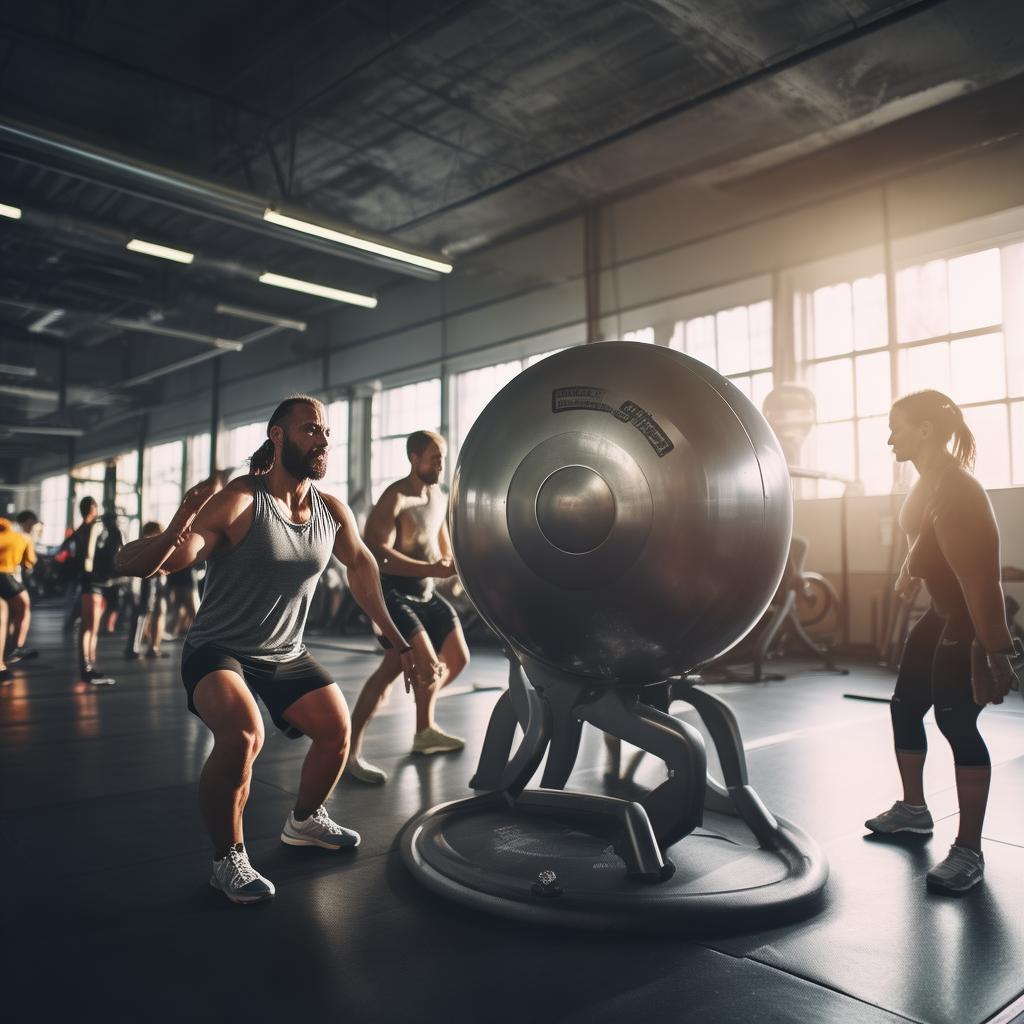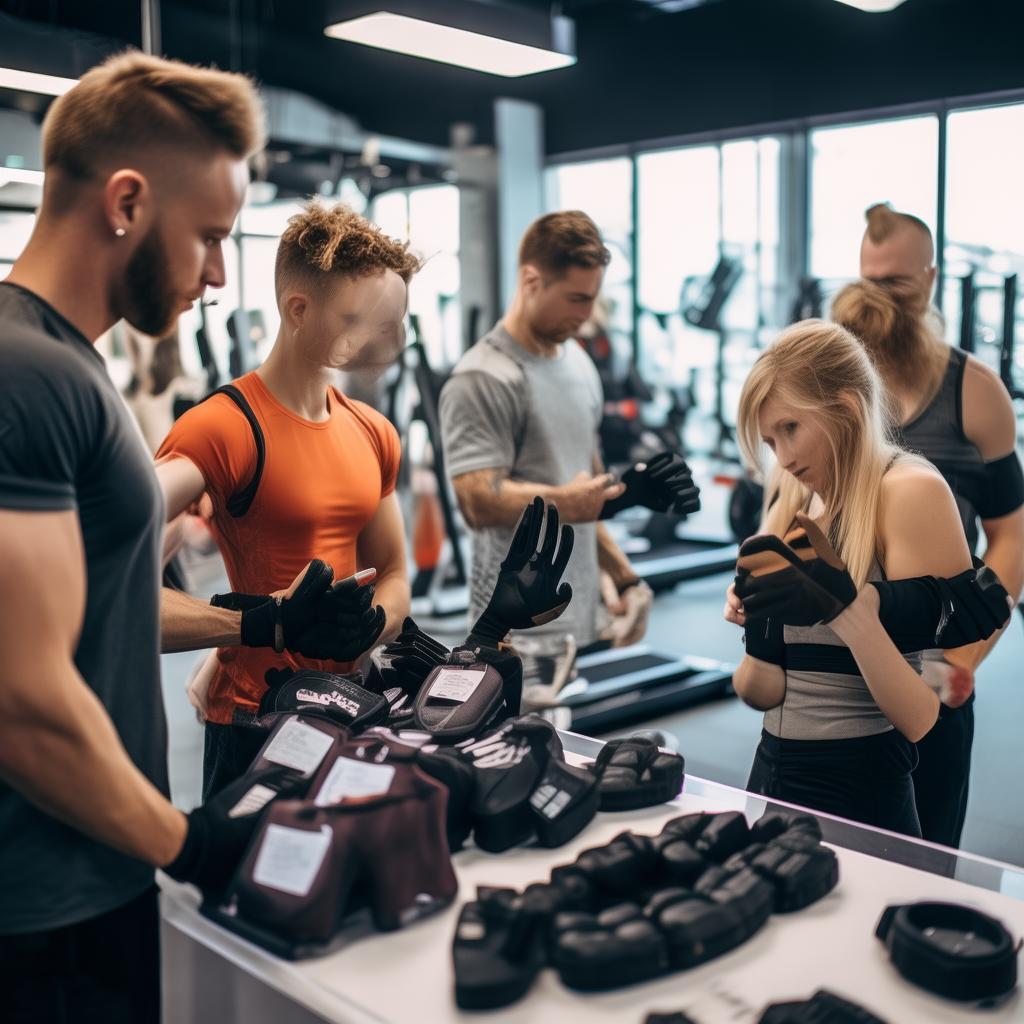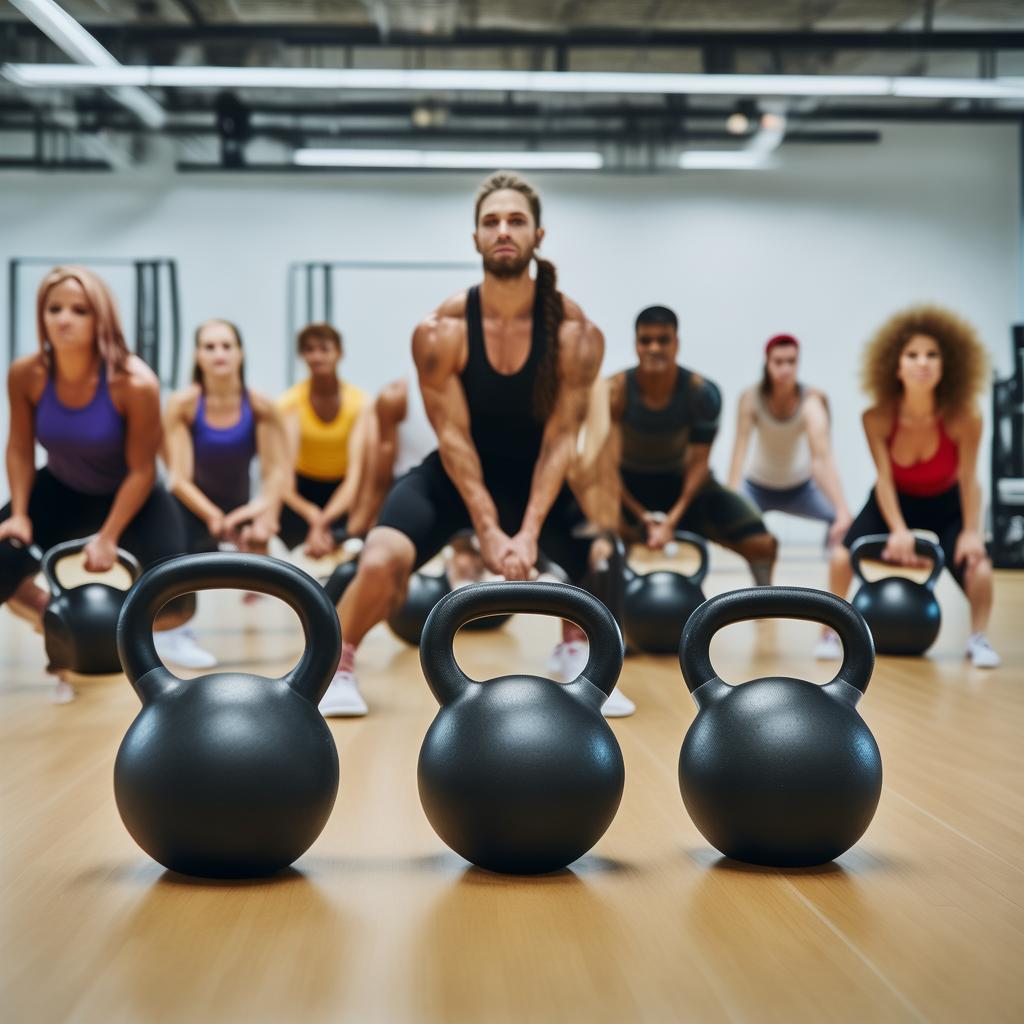Introduction to the Hemisphere (Speedball) in the Gym
On September 11, 2024, let’s explore an often – overlooked gym gadget: the hemisphere, also known as the speedball. Many might be unfamiliar with this exercise tool that resembles a strange half of a “Yoga ball”. Despite its unfamiliarity, it has gained popularity among gym – goers as it presents an additional stability challenge during workouts.
Versatility of the Hemisphere
The charm of the half – ball lies in its versatility. It can be employed for a wide range of exercises. Whether it’s leg balance exercises, core – strengthening routines, or upper – body and aerobic workouts, the half – ball adds an element of instability. This instability prompts you to engage the small muscles of your core more, which in turn helps you control your body and maintain balance. It’s truly a tool worth trying out.
Getting Started with the Hemisphere
Just like with any new exercise or equipment, it’s advisable to start with the basics. Begin by simply standing on the spherical surface of the hemisphere to get a feel for it. Initially, you’ll likely feel physically unstable, but as time passes, you’ll start to find your balance. After getting accustomed to this basic stance, you can move on to the following training moves.
Training Moves with the Hemisphere
Hemisphere down push – ups: Similar to normal push – ups, but with the added challenge of balancing your body on a bosu ball. This exercise works your core muscles, triceps, chest, and shoulders, and also improves your balance and coordination.
Spherical supine: Tighten your abdominals and use your core muscles to lift as you sit up. Avoid arching your back over the ball as you lower towards the floor, and keep your back parallel to the ball for correct posture.
Spherical deep squat: Stand on the ball with your legs hip – width apart and squat down, holding the squat for three seconds before standing up. This move targets your legs, gluteus maximus, and core muscles.
Balanced bicep curl on the ball: Hold a dumbbell and exercise your biceps. Stand on the ball, and once balanced, start your bicep curls. For an advanced level, flip the hemisphere over and do your bicep flexion slowly while being focused and properly aligned.
Spherical lunge squat: There are different variations of the lunge. You can do one leg at a time or switch legs in each set, depending on your comfort level. Ensure your foot is firmly on the ball and avoid letting your knee go over your toes when lunging forward.
Balancing in a seated position on the ball: Sit in the middle of the ball and find your balance point. When ready, bring your knees up 45 degrees to maintain balance. You can place your hands on the ball or in front of you for support. Try to hold this position for 15 seconds and gradually work up to one minute, while tightening your abdomen and controlling your breathing.
Climber – sphere down: Place your hands on either side of the ball and hold firmly in a stable plank position. Then, lift your right leg a few inches off the ground, bring your knee towards your nose, and switch legs at your preferred speed for 30 seconds, keeping your abdominals tight.
Sphere jumps: Similar to a deep squat, but you first jump up onto the ball and then jump down again. Hold the squat for two seconds when you land on the ball.
Side step deep squat on the ball: Start with your right foot in the middle, step to the outside with your left foot and squat. Then, place your left foot in the middle and step your right foot to the side, switching legs until you’ve done 12 reps on each side.
Spherical dumbbell bench press: Lie on your back on the ball with a set of dumbbells. Place your feet 30 – 60 cm from the ball and lift your hips. Hold a dumbbell in each hand with your arms in a “T” shape, bend your elbows to 90 degrees, and push upwards, repeating 12 to 15 times. This exercise works your legs, gluteus maximus, chest, arms, and core muscles.
Comparison with the Yoga Ball
The half – ball and the yoga ball share some similarities in function and use, but they also have their own distinct features. Through constant practice and experimentation, these seemingly small tools can become extremely useful in your fitness journey.





